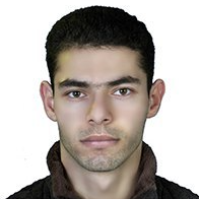The effects of diffusion depth and heat-affected zone in NE-GMAW process on SUH 310S steel using an Image processing method
In this research, the effect of Diffusion Depth and Heat-Affected Zone (HAZ) in Nanoparticles-Electrode Gas Metal Arc Welding (NE-GMAW) process with carbon dioxide protection on Heat Resistance Steel (SUH 310S) was investigated using the Image Processing (IP) and Simulation software. Welding speed (S), wire feed rate (F) and voltage (V) as effective parameters were considered for experimental tests. The Design of Experiment (DoE) was using the Taguchi method and performed in L11 without experiment replication. According to a Scanning Electron Microscope (SEM) images from the experiments, changes in three effective parameters were obtained. The voltage and wire feed rate had the most significant impact on increasing HAZ and ultimately the diffusion depth due to the increase of heat generated and the creation of a more comprehensive Weld Pool (WP). Experimental 11-samples was used by NI vision IP software to find the diffusion depth and surface zone of the HAZ. Results of the effect parameters in Image Processing and Simulation software showed validation for evaluating changes in HAZ.
-
Evaluation of GMAW Welded Joints in A36 Low-Alloy Marine Steel Sheets: Tensile Test, Hardness, and Fatigue Properties
MohammadReza Maraki *, Masoud Mahmoodi, Milad Khodaei,
Journal of advanced materials and processing, Autumn 2022 -
Prediction and optimization of weld geometry in gas metal arc welding (GMAW) using least squares support vector machine
M.R. Maraki*, M. Mahmoodi, M. Yousefieh, H. Tagimalek
Journal of Welding Science and Technology of Iran,



